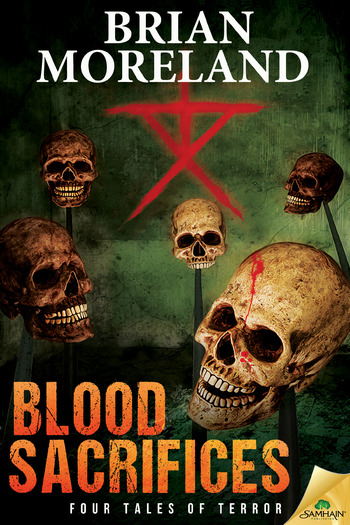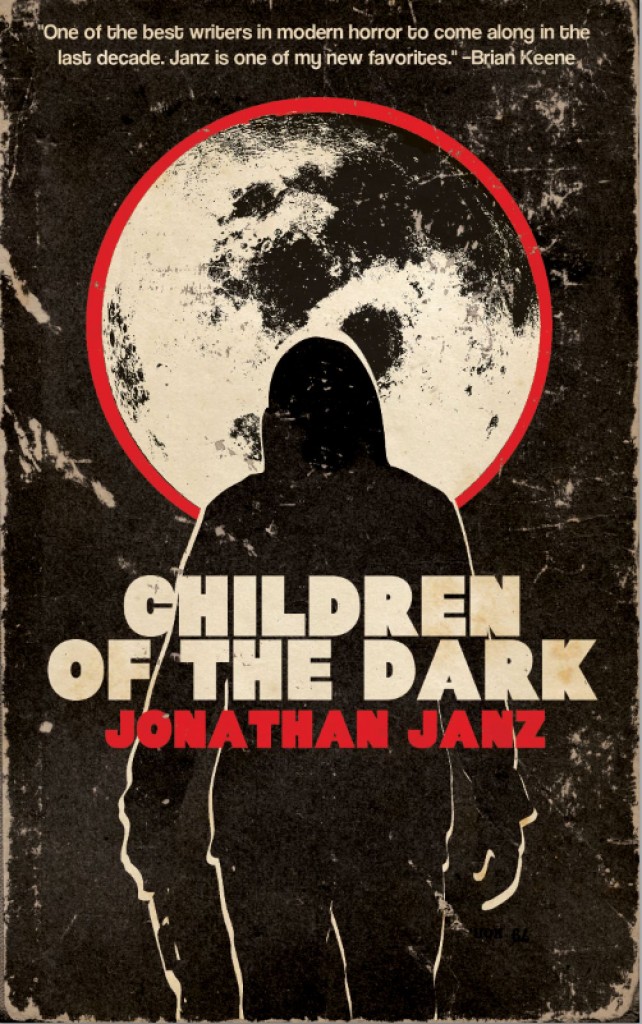This week on The Scariest Part, my guest is author Claudine Kapel, whose latest novel in the Ryan Cole adventure series is A Chance of Light. Here’s the publisher’s description:
Spaceships don’t just disappear…
When an alien spaceship vanishes after crashing in the Mojave Desert, Ryan Cole and his team are tasked with finding the craft and securing its cache of advanced technology.
The investigation proves perilous as others are also hunting for the ship, including arms dealer Antoine Drake and his alien allies.
When Cole agrees to help a woman from his past, it leads to a dangerous encounter with Drake and startling revelations about the alien presence on the planet. He finds himself in a race against time to uncover the location of the spaceship and the nature of its mission.
But discovering the secrets of beings from other worlds comes with a price. Because when humans and aliens collide, the truth can be deadly.
And now, let’s hear what the scariest part was for Claudine Kapel:
Back in school, they taught us there are three types of conflict in a work of fiction: man versus man, man versus nature, and man versus himself. But science fiction introduces a fourth kind of conflict: human versus alien.
What makes such a battle notable is the clear lack of a level playing field. When push comes to shove, the aliens generally have the advantage — both physically and technologically. So whether they’re invading or just wreaking havoc, alien adversaries can yield a clash of epic proportions, one in which the likelihood of victory for humans — or even the survival of our species — seems unlikely.
That’s why science fiction can ignite a primal fear: that of being the hunted instead of the hunter.
What makes such stories so engrossing is our own acknowledgement — even if in but a whisper of a thought — that nasty aliens could be real, and could even be heading our way. Consider the significant amount of media attention that physicist Stephen Hawking garners whenever he speaks about the potential threat that aliens could pose to life on Earth.
Nevertheless, the possible nature of life elsewhere in the cosmos continues to be source of fascination for many people, scientists included. This has fueled the development of models that contemplate the existence of intelligent life elsewhere in the universe, as well as scientific efforts to send signals into space in a bid to make contact.
In A Chance of Light, hero Ryan Cole lives on an Earth where aliens have already made their presence known to a select few. Cole observes that Albert Einstein, when asked what question he would pose to the universe if he could get an honest answer, said he would ask whether the universe was friendly.
Cole himself is initially unsure of what he thinks the answer to that question would be. After all, he has tangled with less-than-friendly aliens and has the scars to prove it.
Yet life has a way of bringing things into balance. So while Cole must confront formidable alien adversaries, he also garners help from beings from other worlds who become his allies and teachers.
But always the question remains for each of us to answer: Do we believe the universe is friendly? Einstein suggested it was a pivotal question, because our stand regarding this one transcendent issue can shape how we respond to the events that unfold in our lives.
It’s something that can be scary to consider, particularly the next time you’re looking up at the night sky and pondering what might lie out there, beyond the stars.
Given the vastness of the cosmos, it seems arrogant to believe that Earth is the only planet in the universe that sustains intelligent life. But the questions linger: If there is life out there, will it come calling? And what might that contact be like?
Those are questions that fuel the imaginations of scientists, writers and people in general who wonder about the place of humans in the cosmic order of things.
And as for when we might finally make contact with beings from other worlds, no one can really say.
But then again, perhaps they are here already.
Claudine Kapel: Website / Goodreads
A Chance of Light: Amazon / Barnes & Noble / iBook / Kobo
A Darker Rain is Claudine Kapel’s first novel. She lives in Toronto and enjoys books, music, and travel. When not working as a consultant, she can be found writing, reading, or contemplating what else may be out there.




